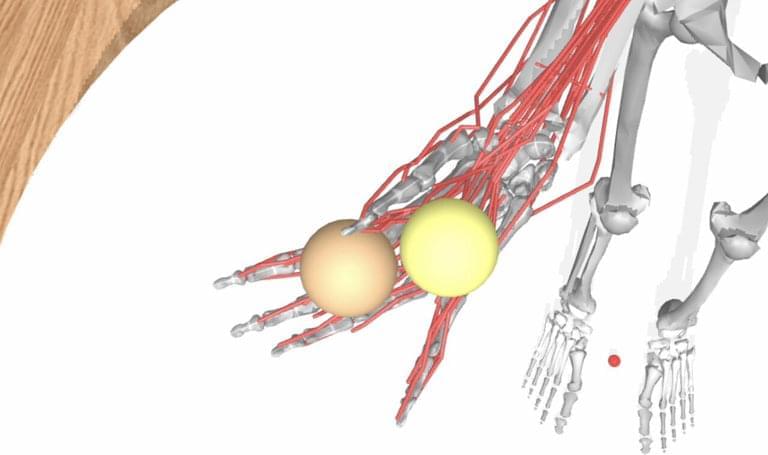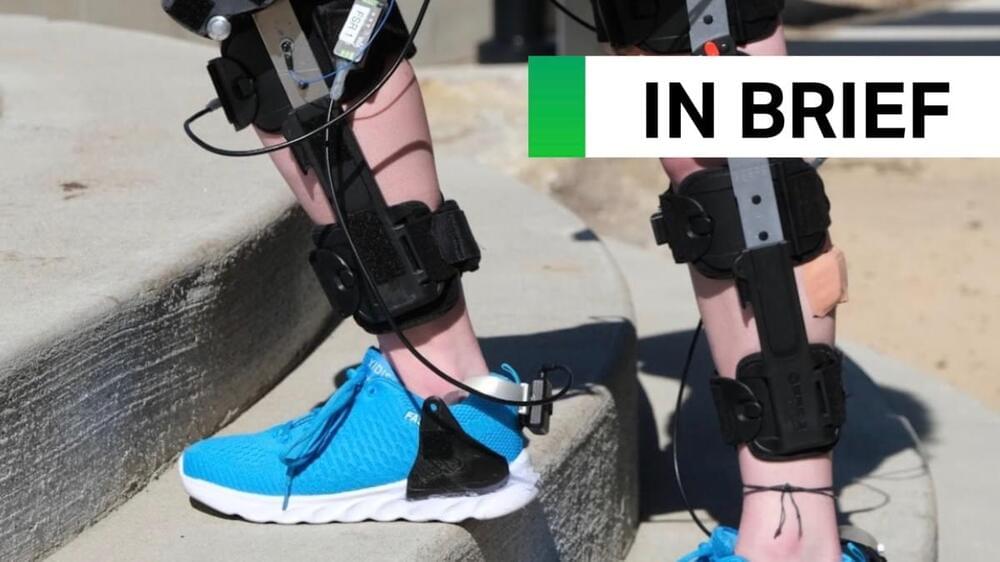Michael Levin is a Distinguished Professor in the Biology department at Tufts University and associate faculty at the Wyss Institute for Bioinspired Engineering at Harvard University. @drmichaellevin holds the Vannevar Bush endowed Chair and serves as director of the Allen Discovery Center at Tufts and the Tufts Center for Regenerative and Developmental Biology. Prior to college, Michael Levin worked as a software engineer and independent contractor in the field of scientific computing. He attended Tufts University, interested in artificial intelligence and unconventional computation. To explore the algorithms by which the biological world implemented complex adaptive behavior, he got dual B.S. degrees, in CS and in Biology and then received a PhD from Harvard University. He did post-doctoral training at Harvard Medical School, where he began to uncover a new bioelectric language by which cells coordinate their activity during embryogenesis. His independent laboratory develops new molecular-genetic and conceptual tools to probe large-scale information processing in regeneration, embryogenesis, and cancer suppression.
TIMESTAMPS:
0:00 — Introduction.
1:41 — Creating High-level General Intelligences.
7:00 — Ethical implications of Diverse Intelligence beyond AI & LLMs.
10:30 — Solving the Fundamental Paradox that faces all Species.
15:00 — Evolution creates Problem Solving Agents & the Self is a Dynamical Construct.
23:00 — Mike on Stephen Grossberg.
26:20 — A Formal Definition of Diverse Intelligence (DI)
30:50 — Intimate relationships with AI? Importance of Cognitive Light Cones.
38:00 — Cyborgs, hybrids, chimeras, & a new concept called “Synthbiosis“
45:51 — Importance of the symbiotic relationship between Science & Philosophy.
53:00 — The Space of Possible Minds.
58:30 — Is Mike Playing God?
1:02:45 — A path forward: through the ethics filter for civilization.
1:09:00 — Mike on Daniel Dennett (RIP)
1:14:02 — An Ethical Synthbiosis that goes beyond “are you real or faking it“
1:25:47 — Conclusion.
EPISODE LINKS:
- Mike’s Round 1: https://youtu.be/v6gp-ORTBlU
- Mike’s Round 2: https://youtu.be/kMxTS7eKkNM
- Mike’s Channel: https://www.youtube.com/@drmichaellevin.
- Mike’s Website: https://drmichaellevin.org/
- Blog Website: https://thoughtforms.life.
- Mike’s Twitter: https://twitter.com/drmichaellevin.
- Mike’s Publications: https://scholar.google.com/citations?user=luouyakAAAAJ&hl=en.
- Mike’s NOEMA piece: https://www.noemamag.com/ai-could-be-a-bridge-toward-diverse-intelligence/
- Stephen Grossberg: https://youtu.be/bcV1eSgByzg.
- Mark Solms: https://youtu.be/rkbeaxjAZm4
- VPRO Roundtable: https://youtu.be/RVrnn7QW6Jg?feature=shared.
CONNECT:
- Website: https://tevinnaidu.com.
- Podcast: https://podcasters.spotify.com/pod/show/drtevinnaidu.
- Twitter: https://twitter.com/drtevinnaidu.
- Facebook: https://www.facebook.com/drtevinnaidu.
- Instagram: https://www.instagram.com/drtevinnaidu.
- LinkedIn: https://www.linkedin.com/in/drtevinnaidu.
Disclaimer: The information provided on this channel is for educational purposes only. The content is shared in the spirit of open discourse and does not constitute, nor does it substitute, professional or medical advice. We do not accept any liability for any loss or damage incurred from you acting or not acting as a result of listening/watching any of our contents. You acknowledge that you use the information provided at your own risk. Listeners/viewers are advised to conduct their own research and consult with their own experts in the respective fields.
#MichaelLevin #DiverseIntelligence #AI #Mind




